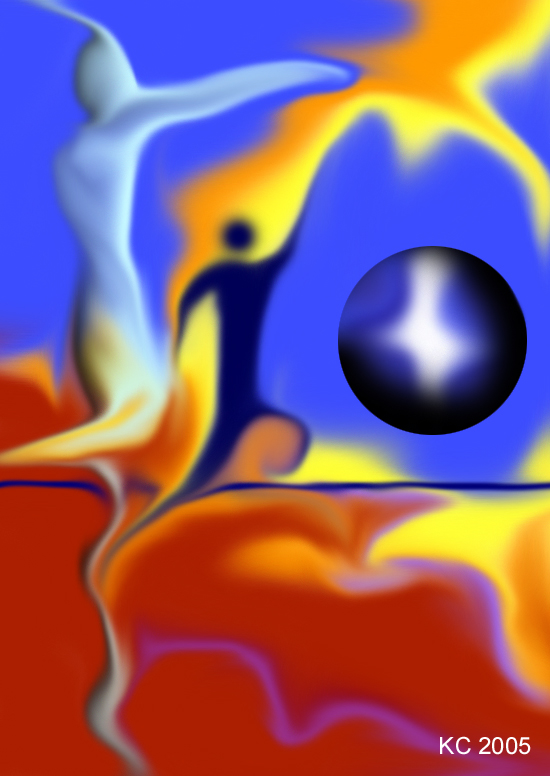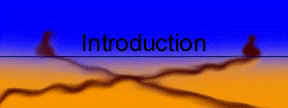|
|
Artheism: The crisis of the text and the birth of Music
|
|
|
|
The crisis of the text is both the stuttering that precedes utterance and the pain hosted in the subsequent silence. Music haunts both ends, and reaches to the chaos of beauty, by producing a subversive expression that majestically bypasses textual expressions. The text functions only because it triggers references that are rationally sound, while sounds challenge the logic of references by absorbing the chaotic beauty of our inner world, then filtering it out formless yet accessible: Worshipping the nameless by breathing life into the distant self that haunts us. To name is to die in somebody else’s shoes; music doesn’t name, it simply worships. The internal chaos is silent and inert; music electrifies it. While silence and inertia are the twin sisters of death, violence is chaos in motion. Music weds them in order to free us from ourselves. It breathes life into them, making freedom the distance from the self or freedom from the self. It acquires its beauty by entailing the self in order to savor its own dejection. It’s a form of sacrifice whence we are the “lampless” light. We have to reject our violence, savor it, then suffer from the void left behind. There is no tragic music; the only tragedy connected to music is that its beauty begins once the splitting of the self is consumed. The ritual associated with death and resurrection, sacrifice is one of them, atone by dispensing with the disturbed self and offering it up as a corpse, thus to sacrifice is to dispense with the self. Over time the corpse became irrelevant; later on even the temple was relegated to a secondary position. Prayer is a “corpsesless” sacrifice, and apexes in addressing the nameless. Judeo-Islamic monotheism struggled to reach that peak yet reverted to old forms of sacrifice. Dispensing with the self by turning religion into a “corpsesless” ritual is that which music thrives for, the highest form of monotheism, where the peak is the hidden self. Ceremonial rituals and grounds rewrite animism on stones. Any form, shape, graven image, name, or structure is a diversion to be dismissed and eventually discarded. The memorabilia associated with the gods erases mankind; any step towards freedom from the self and for the self is a further step away from religion. Music for an Artheist is the only hope to reconnect with the internal turmoil without texts. Hence Artheism, while committed to experimenting with different mediums, considers music to be the final stage of higher expression. It is however of the utmost importance to remember that lyrics are not to be associated with music, nor is dance. To speak the self either with words or mimics is to revive the corpse. Etching letters or forms is still retrogression, for it reinstates the supremacy of the text and therefore of the divine commandments. However, music introduces a new form of “jouissance.” It is sensuous past the senses, and transcendental past the gods. Artheism has no place for corpses. It is corpsesless. © Karim Chaibi 2006 |

